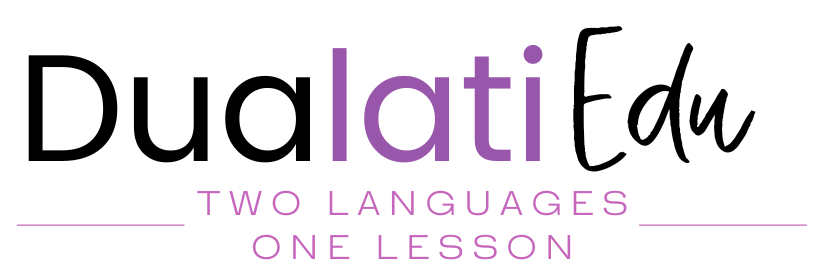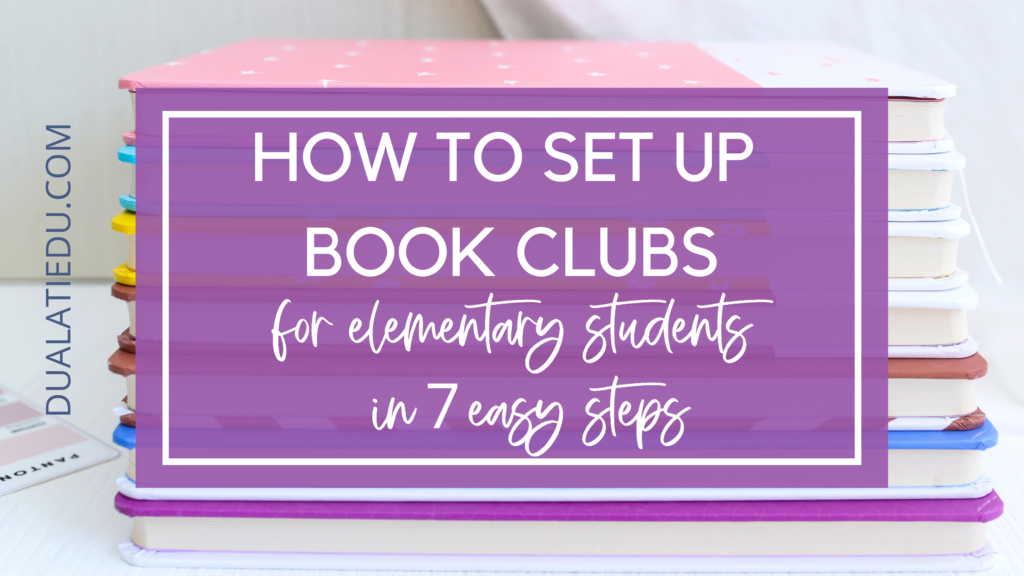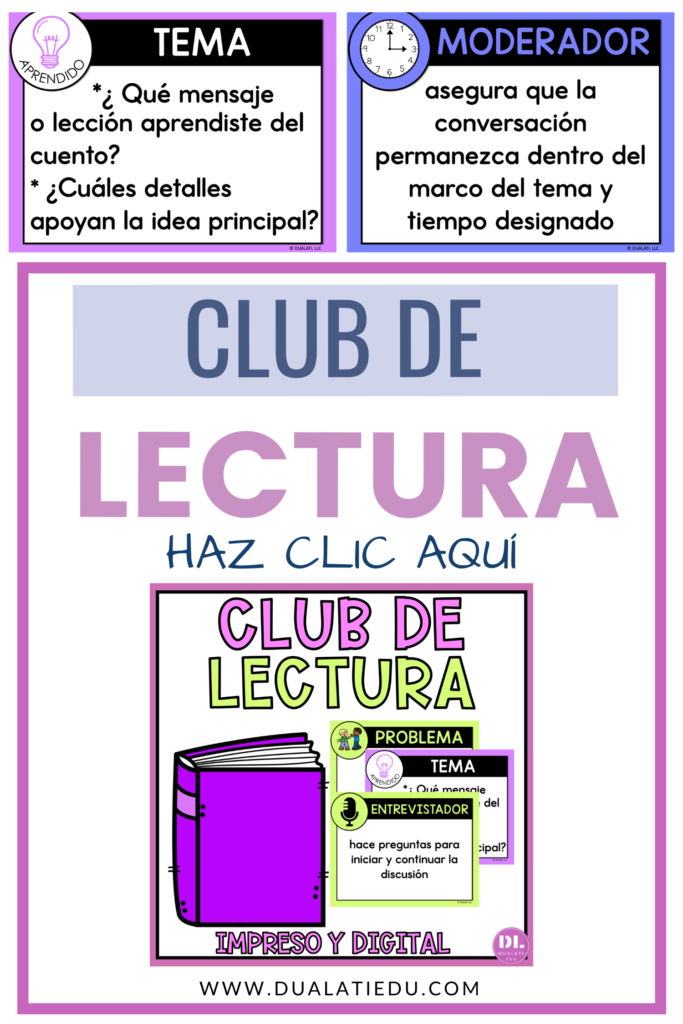Book clubs are an enjoyable part of literacy instruction for students. They offer the opportunity to have students share the experience of reading a book while discussing with their peers without the teacher leading the discussion.
Book clubs are also a great way to differentiate instruction in a fun way and helps build confidence of struggling readers.
Whenever I announced the beginning of a new book club or literature circle, I could see the excitement in my students’ eyes.
I did, however, get asked by other teachers how I kept track of it all! How do you handle the planning, the pace, the reports without managing it closely? I told them that all they needed was a plan and some modeling, and of course, a GOOD BOOK!
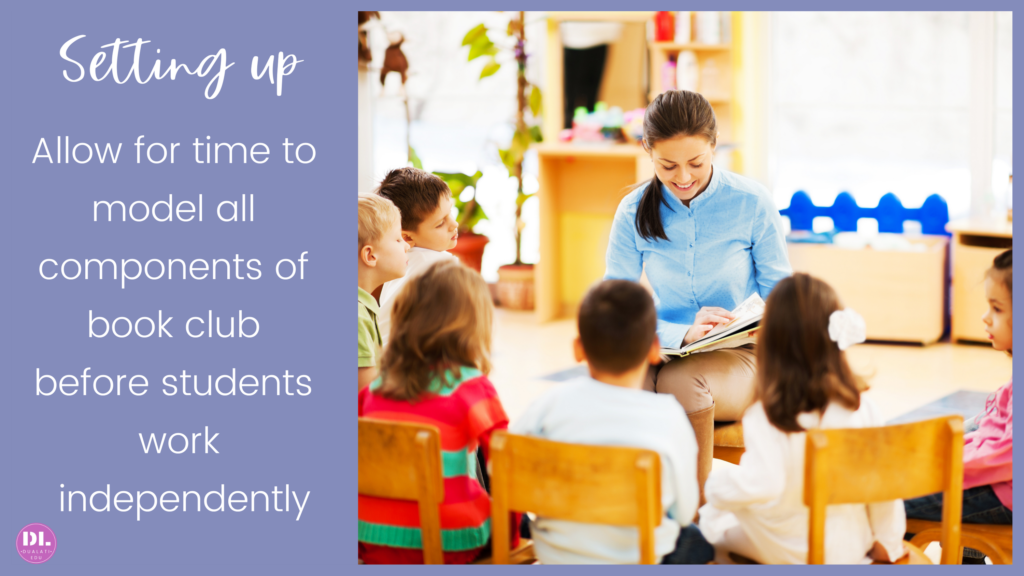
Here are seven easy, but effective steps that you can use to plan your book clubs.
1. Decorating room according to a theme
The environment sets the tone for a book club. If all groups are reading the same book, consider decorating the room with some its elements. Students, however, can add to it as they read.

If groups are reading different books, consider keeping them all within a theme or genre (animals, fairy tales, historical fiction, etc.) and decorate the room accordingly.
Lastly, if one theme doesn’t cover all the books being read, allow for each group to decorate a nook or corner within the classroom. You can assign that as the group’s ‘designated’ meeting space.
2. Defining the structure of book clubs
Define the end goal and all the book club components before beginning.
Students should participate in choosing the book, setting the timeline, assigning roles, defining guidelines, learning about note-taking strategies, choosing presentation options, etc.
This should be mediated by the classroom so that students can be active participants, which leads to increased buy-in and commitment.
3. Timeline
For book clubs to run smoothly and INDEPENDENTLY, establish a timeline that all students have helped create.
Here are some things to consider:
a) Time to dedicate to reading independently
Everyone reads at a different pace. A practical way to make sure everyone finishes reading at the time is to allow them to read for about 20-30 minutes and survey how many pages they read. The number of pages read can give the teacher and students a baseline to make that decision.
b) Print out a calendar and make a copy for EACH STUDENT.
On this calendar, you will write down all deadlines.
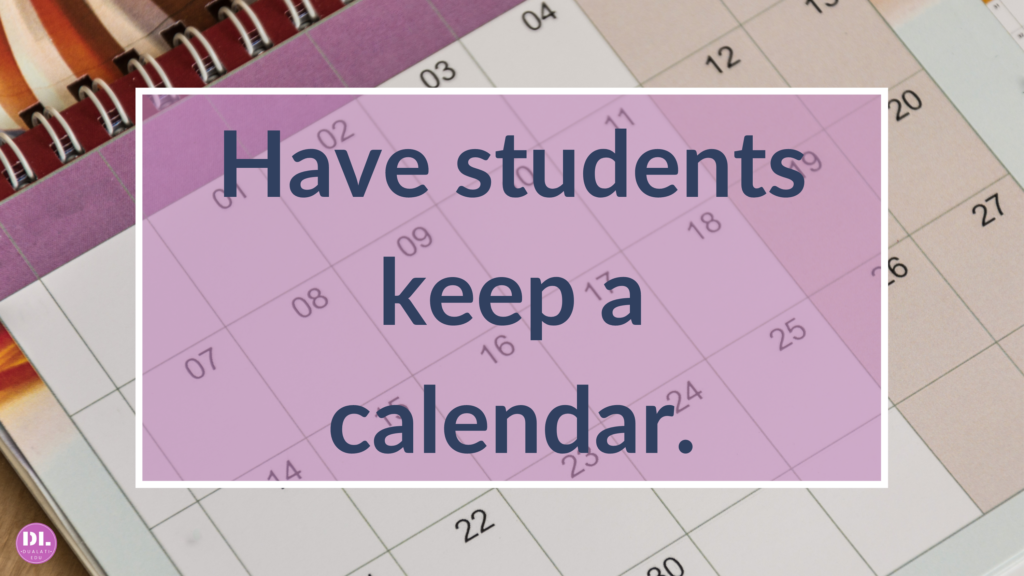
c) Allow your students some wiggle room for to make-up work. This will help with being absent, safety drills, field trips, etc. It is easier to allow time for that upfront than to have an entire calendar undone.
Also, if a student is all caught up while others in the group are working, have an alternate but not mandatory activity ready (reading a separate book, planning something extra for the presentation, helping others out, etc.).
4. Book club discussion guidelines
Since the goal of reading is to make meaning, an added layer to this process is to be able to discuss the book with others to clarify points, elaborate ideas, and make connections.
It is important to define roles that you would like to see the students take on so that the conversation is fruitful and doesn’t stall.
Possible roles for a good book club discussion can be:
a) Moderator – makes sure that the conversation stays on topic and keeps time
b) Artist – decides on art for the presentation and focuses on how pictures in the book add meaning to the story during the group discussion
c) Recorder – writes down critical ideas from each discussion to review and add to presentation later
d) Word Detective – looks for new words in a dictionary and discusses words from the story or characters that embody the idea in that chapter
e) Organizer – during the presentation phase, delegates what needs to be done
f) Connector – makes connections to text, to world and asks one other member to do the same
g) Interviewer – asks questions in order to start and continue the conversation
h) Predictor – predicts what will happen next after the summarizer speaks
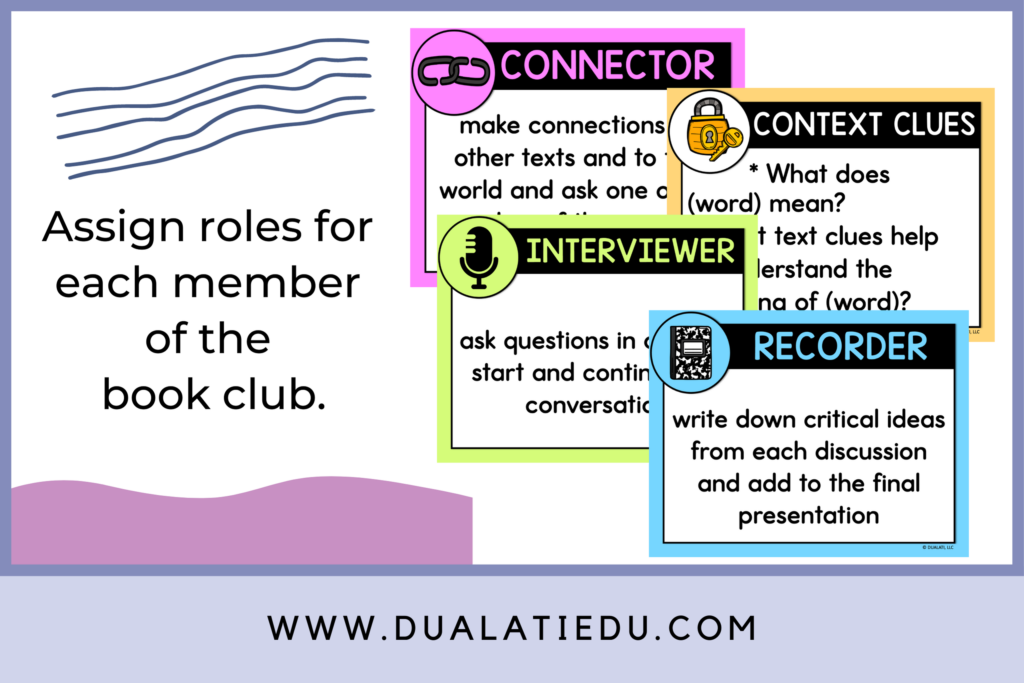
5. Note-taking
Note-taking is a learned skill. It’s good to read a book with the entire class to model most of the skills discussed in this post, particularly this one, as it is usually not a taught skill.
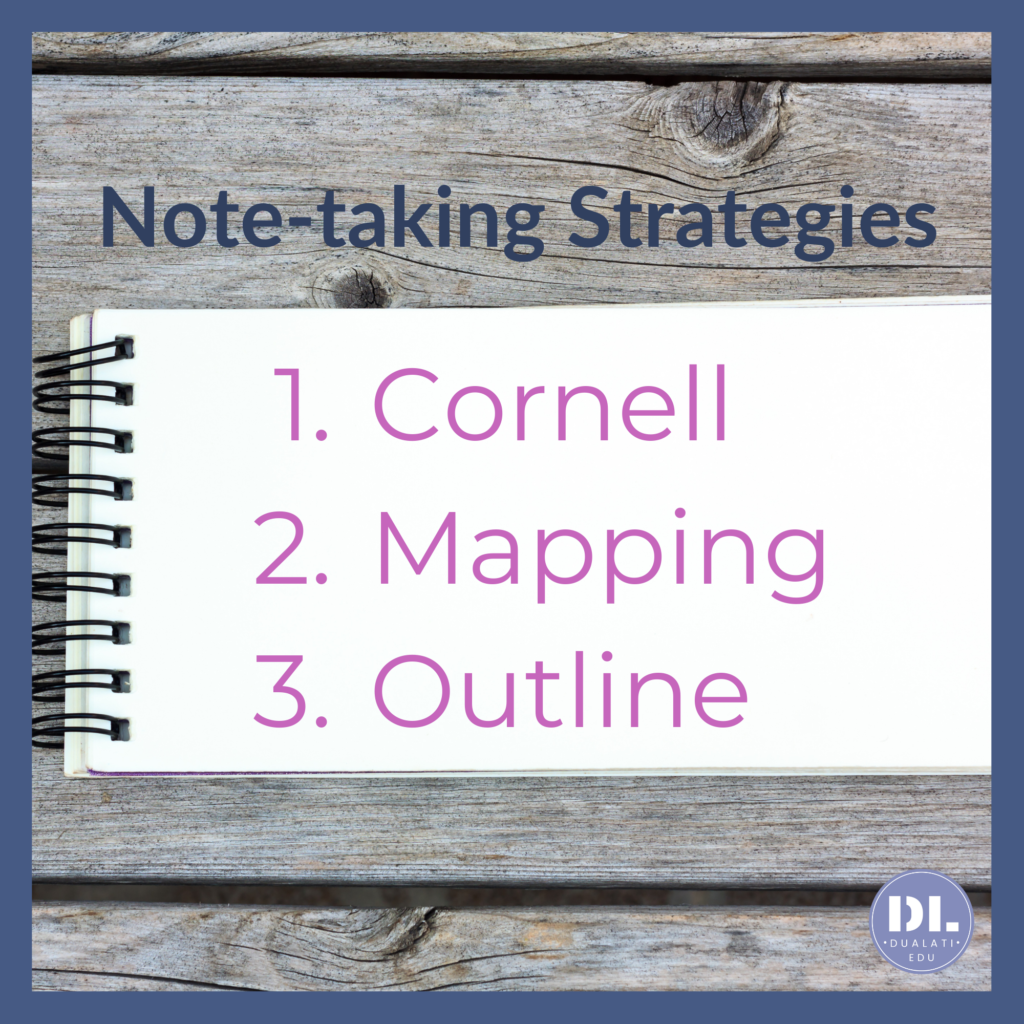
But note-taking involves skills that we explicitly TEACH students to master, such as summarizing, main idea, inference, and point of view, to name a few.
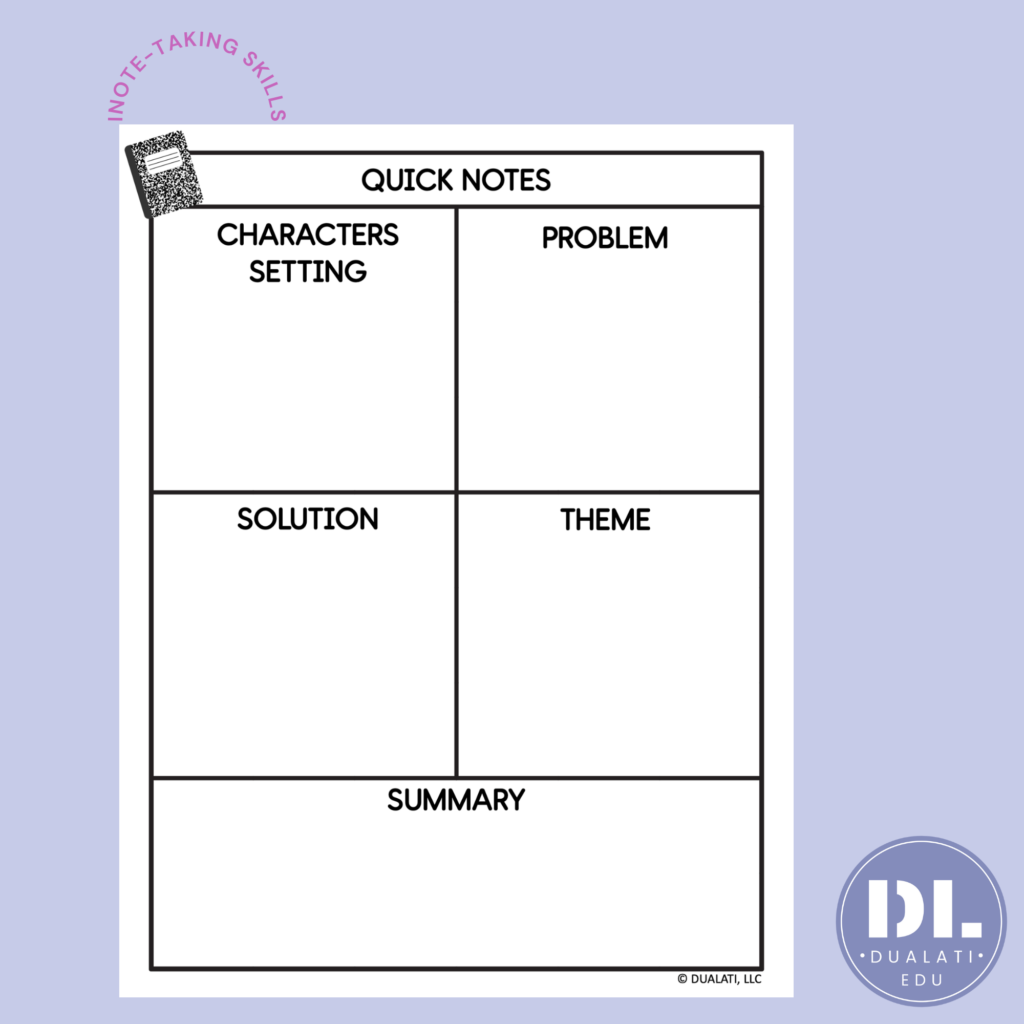
6. Reports
Integrating writing skills is an excellent way for students to show what they have learned and be able to convey their opinions, connections, and reactions to the book.
First of all, be specific about their options in writing their reports.
For example, do they need to follow a particular format or style?
Also, provide them with a rubric BEFORE they begin to write, which they can use as scaffolds while working and avoid unnecessary rewrites.
Think about other scaffolds they can use while writing, such as dictionaries and grammar rules.
7. Presentation
Each book club component has a reason why I find them to be fun!
But, I have to say, the presentation is my favorite.
The presentation is where students can share everything they have learned WHILE sharpening real-world skills like public speaking, creating slides, and keeping up with a deadline.
Things to keep in mind:
First, offer possible ways to present BEFORE starting your book clubs.
This will allow students to make notes specifically for the presentation as they read and discuss the book.
Next, have students choose TWO ways to present and document it.
The reasoning here is that if the group changes their mind, they have a backup they have already agreed to and won’t delay their presentation.
If possible, they could even choose both! Since you presented all the options beforehand, you know they will be able to use the type of presentation chosen.
Provide a rubric at the beginning of your book clubs they can use as a reference while putting their presentation together. Go over the rubric as well and, when possible, show examples.
Students won’t remember passages or maybe even short stories read in class. So instead, these books are tools used to teach vocabulary and literacy skills.
However, the books they read will stay with them and become part of their funds of knowledge as they share with their family and friends.
Check out the Spanish version by clicking below.
Check out my TPT reading section for more ways your students can enjoy reading in literacy centers.

